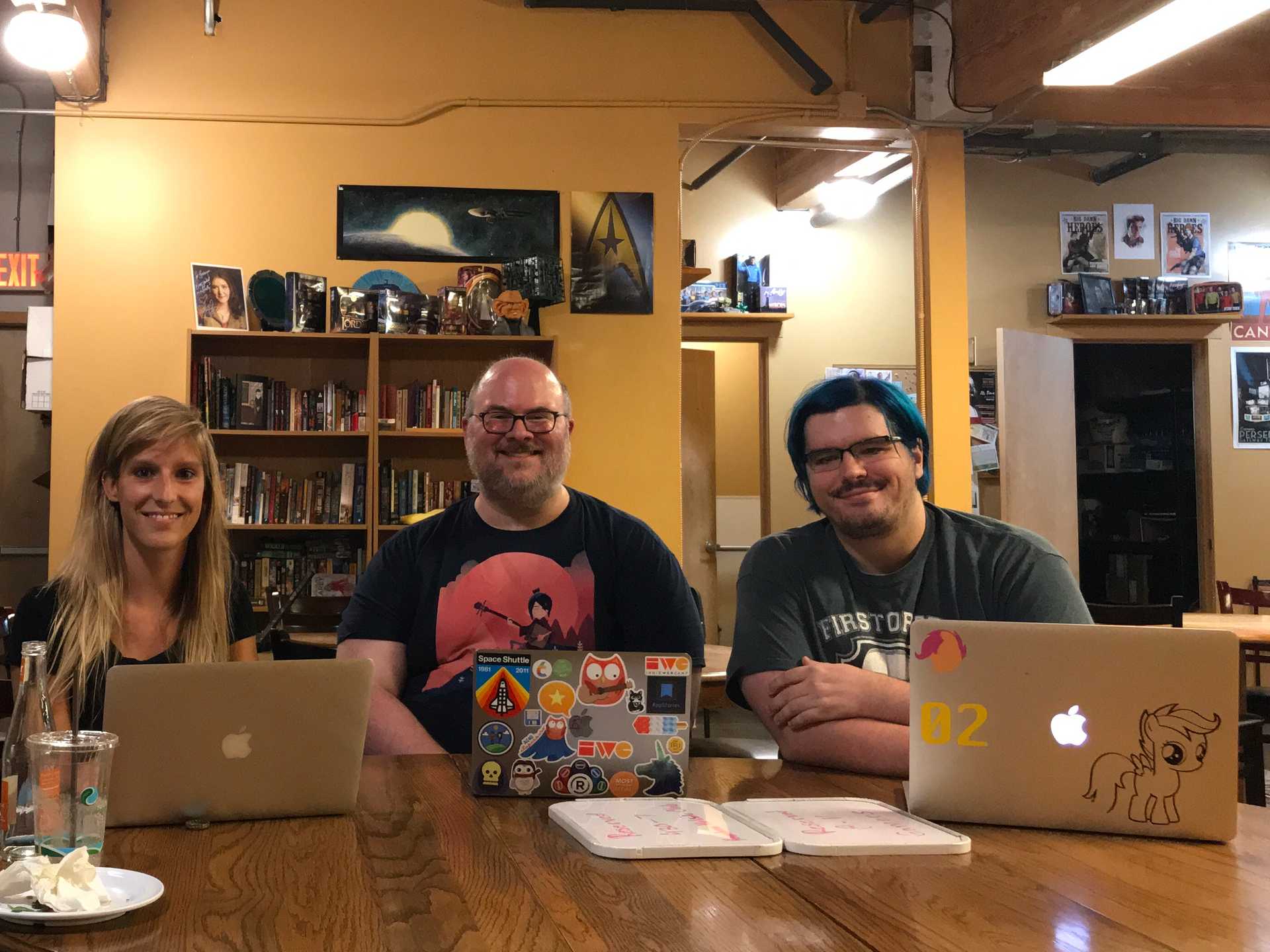It’s been a while, huh.
Looking at the archives, I haven’t updated this site in over four years. Quite a bit has changed in that time: an entire US presidential cycle, my three-and-a-half-year job at Microsoft Teams has come and gone, COVID-19 is still here, I had to say goodbye to our kitty, I bought a house, the entire nature of social media has radically changed, we lived through the boom and bust of NFTs, I played way too much Final Fantasy XIV, I fell down the VTuber rabbit hole, I joined my partner’s business running behind-the-scenes operations, I’ve started researching and experimenting with large language models and generative coding, and plenty more. I work at Kickstarter now as a senior iOS engineer, because it seems more vital than ever to build tools for creatives to get funding for projects, which also means I’m a union member now.
The good news is that I can build the website again, and I’ve already made a few minor changes, such as burning Twitter off of here updating my social links to point to Mastodon and Bluesky, and adding an automatic dark mode across the site. I have never been a great “blogger,” so I am also planning to adjust the site’s structure and design to be more focused around collections of pages rather than blog posts. For example, I love video games, and I want to organize and write about some of the games I really enjoy; a page about my Warrior of Light in Final Fantasy XIV would be a great archive for my own enjoyment. My website is for me as much as for you.
Given the decaying state of social media, the general fracturing of society along ideological lines, and the ongoing reality of the dead internet theory, it feels as good a time as any to try and kick the tires on maintaining my own personal internet garden again. I still believe in the tenets of the IndieWeb, and want to support those technologies where I can, along with bridging to the fediverse and maybe run a PDS with the blog content. I want to try to maintain a positive outlook here, but also with a critical eye on systemic and corporate levers of power. I don’t know if I’ll be able to keep it up, but hey. Nothing ever happens without intentionally starting it.
Until then, please consider tossing me back on your RSS reader such as Feeder or NetNewsWire. Thank you very much!





